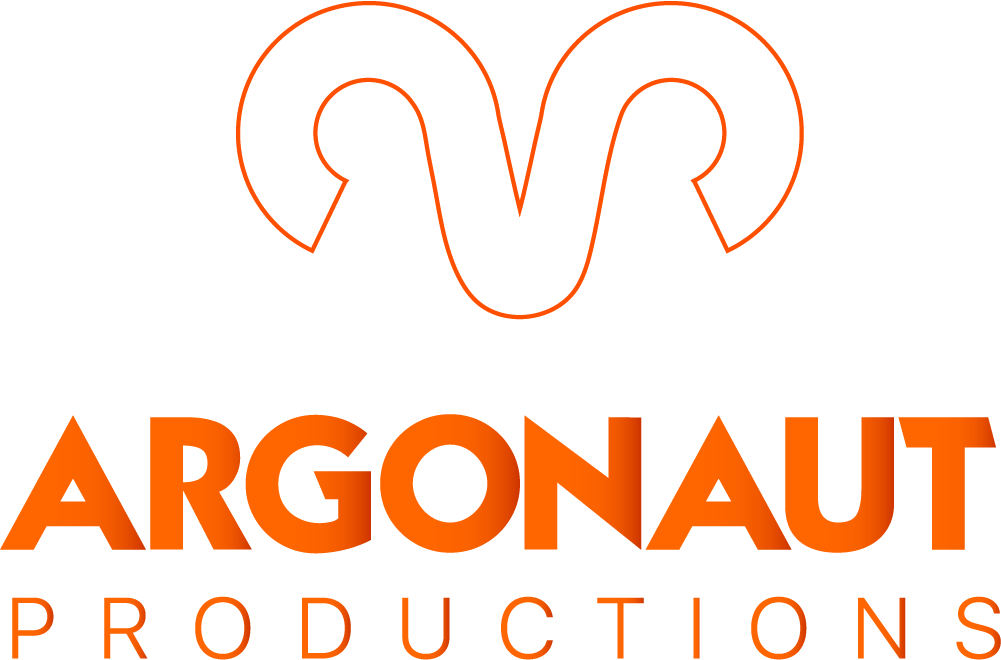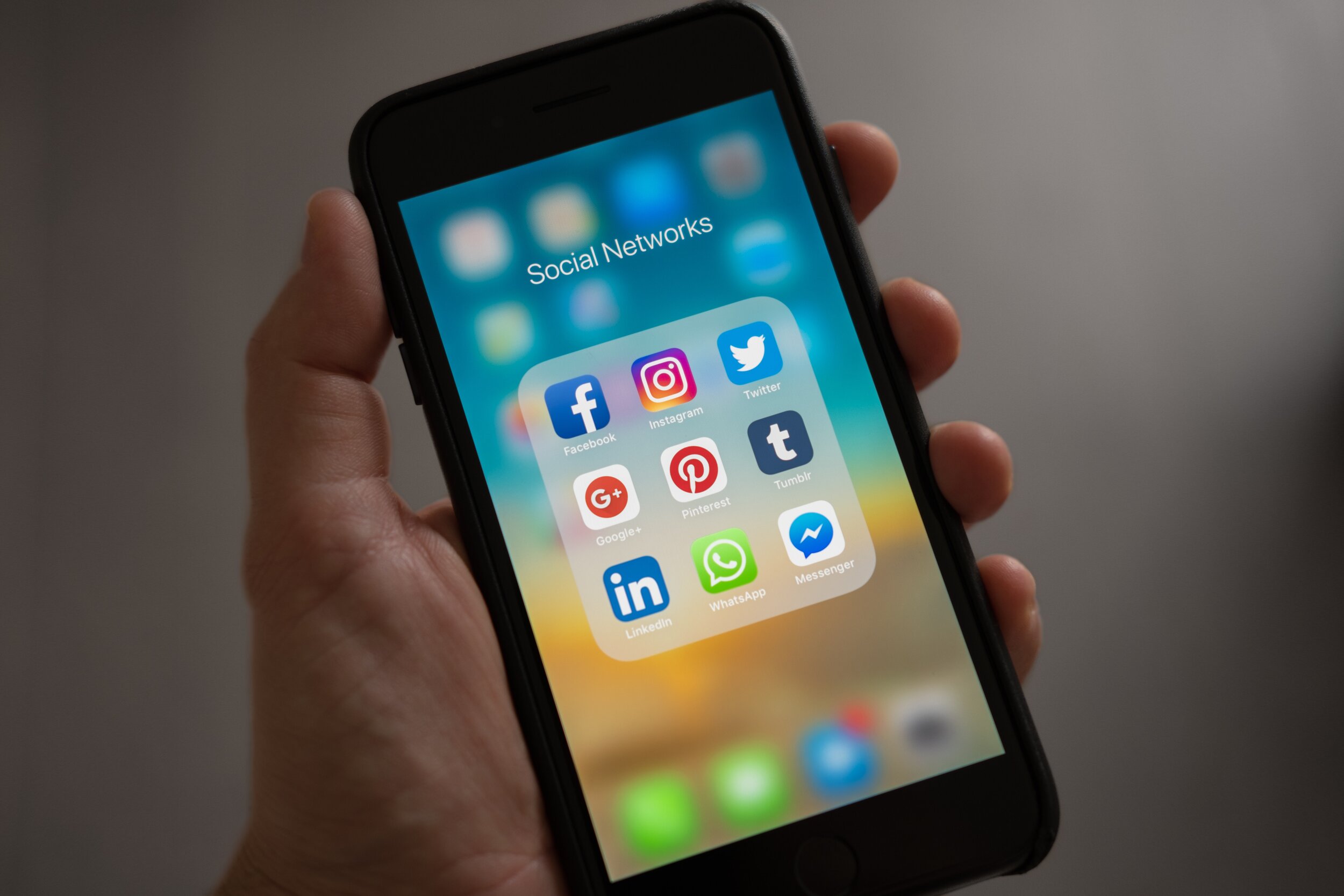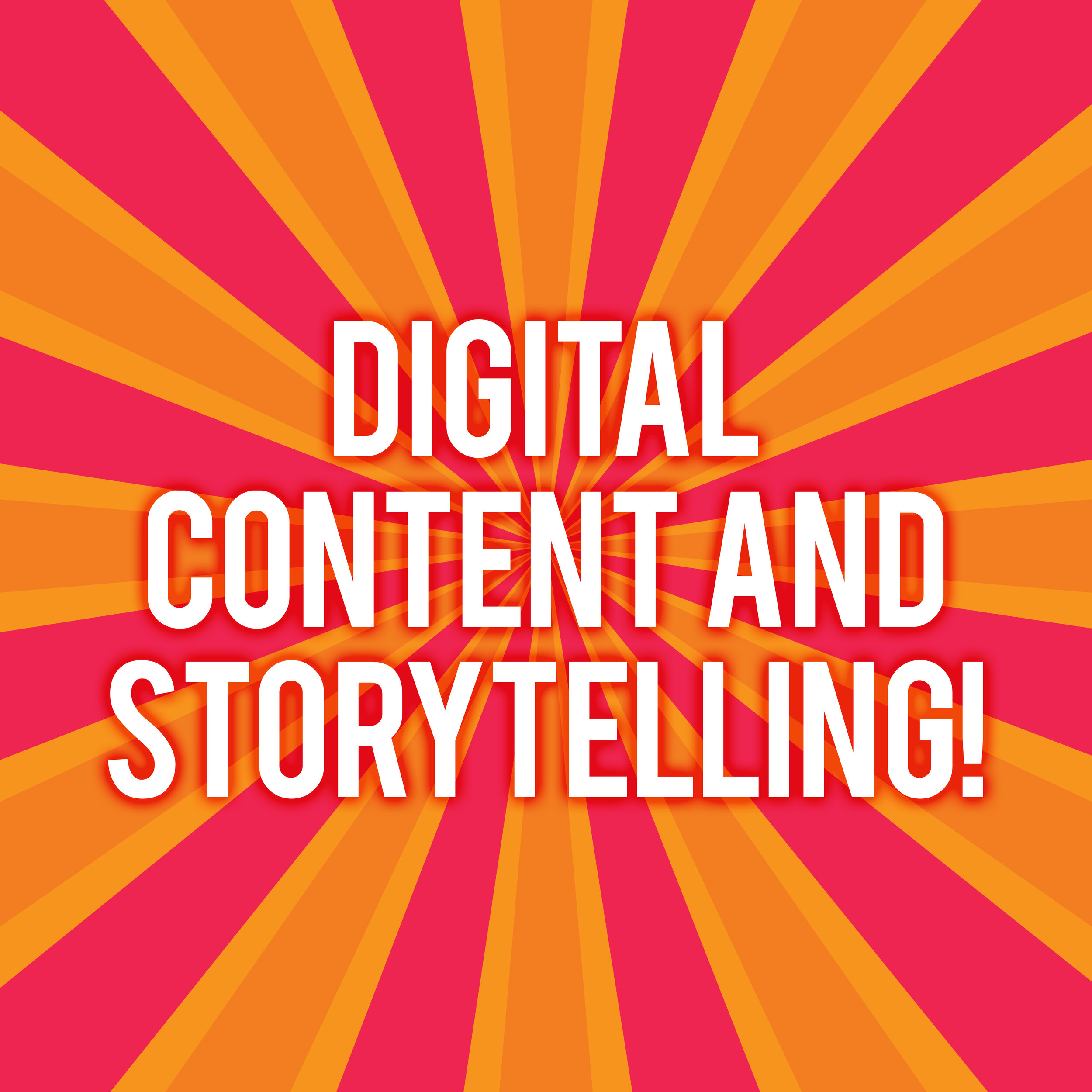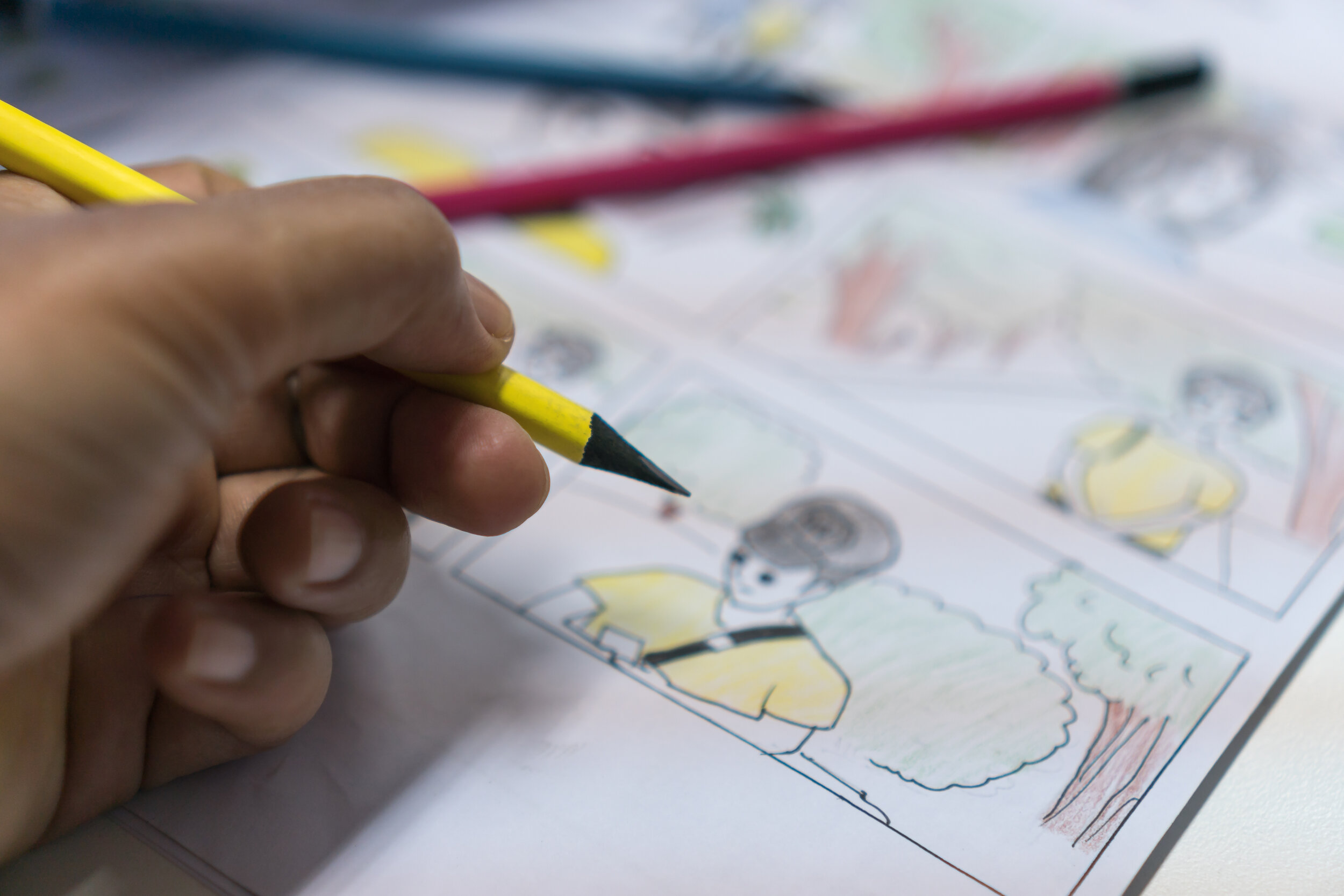What is Visual Storytelling?
What is Visual Storytelling?
Visual storytelling is one of the most buzzed-about topics in digital marketing. But what is it? How can you use storytelling techniques? Where should you use it? When does it work? Why does it work? What separates a good visual storyteller from the rest?
Visual storytelling describes any attempt to communicate through images. This includes photos, videos, drawings, and animations. It can incorporate text, voice, music, and other audio to enhance the message’s clarity and resonance. Marketing professionals recognize the power of storytelling.
It’s impossible to say everything you need to know about visual storytelling in a single article. We want to discuss the evolution of visual storytelling and why it works. We’ll discuss the kinds of visual narrative that gets results and offer some tips on storytelling techniques.
Combine the power of storytelling with great visual content to amplify your message.
Visual Storytelling is a New Twist on an Ancient Idea
“What has been will be again, and what has been done will be done again; there is nothing new under the sun.”
- Ecclesiastes 1:9
We’ve Always Been Visual Storytellers
Homer’s Iliad and Odyssey always get the credit for being the oldest written stories. They just happened to be in the right place at the right time.
Hieroglyphics, cuneiform, and runes all point to the role that pictures play in the development of writing. Before writing was developed as a way to record and share stories, it was common for bards and other storytellers to use music to remember stories and tell them in memorable ways. Even further back, we find cave paintings as the earliest attempts to tell stories with pictures.
When you trace the history of storytelling from cave paintings to bards, plays, silent movies, “talkies”, and television—you find all of the basic elements you need for:
Twitter
TikTok
YouTube
And More . . .
Logos, jingles, advertisements, and commercials are the legacy of our history as storytellers. Today’s ubiquitous marketing landscape is just an evolution in how we do what we do.
If you want to take advantage of these facts for your own marketing campaigns, you need to understand the how’s and why’s of visual storytelling in modern digital marketing.
Why Visual Stories Work
Designing a message involves thinking about accuracy and accessibility. The former forces us to ask whether our message says what we want it to say. The latter turns our attention to questions of:
· whether it will reach the right audience,
· whether they’ll understand what we’re trying to say, and
· whether they’ll experience, learn, or believe what we want them to.
Studies indicate that consumers encounter between 4,000 and 10,000 advertisements every day. We generate more than 2.5 quintillion bytes of data each day. That adds up to more than 11,000,000 bits of data every second. But most people’s memories only process 40-50 bits—which means that the other 10,999,950± don’t get the chance to make an impact (What’s Working in Marketing).
Even when you’re sure that your marketing messaging is saying what you want it to say in exactly the right way, you still have to figure out how to outcompete thousands of other messages to even stand a chance. Audiences suffer from content overload and fractured attention spans.
Visual stories have an advantage in the competition to get and hold audiences’ attention. They do a better job of making connections that audiences remember. Philosophy supplies theories about why this is the case. Neuroscience provides data that helps back up those claims and steers us toward better ways of doing things.
The Philosophy of Visual Storytelling
Philosophers spend a lot of time thinking about what is known, what is knowable, and how we can know what we know. So, it’s not surprising that some philosophers have focused on how different kinds of symbols communicate meaning on their own and what each kind of symbol contributes when they’re made to work together.
Susanne K. Langer believed that “pictures and stories are the mind’s stock-in-trade”.
Susanne K. Langer was one of the philosophers who thought pictures and music deserved the same attention as words and numbers. She argued that “pictures and stories are the mind’s stock-in-trade”. Langer went on to say that “every process . . . must record itself as a fantasy” so that it can be imagined, recalled, or recognized.
Langer’s work tied symbols to metaphors and linked imagery to emotions.
What all of this tells us is that images put an audience’s mind to work by cutting through the noise and calling up a series of connections. Those connections engage attention and lead to feeling, understanding, and remembrance.
The Neuroscience of Visual Storytelling
Philosophers tell us that visuals do a different kind of work than the written word. Neuroscience backs those claims up with data that suggests images do a better job of grabbing audience attention, communicating meaning, and that they have the added advantage of giving brains what they want.
Our eyes process information between 10 and 1,000 times faster than our other senses.
The brain can identify images in as little as 13 milliseconds and retain up to 65% of the information
Professor Shari L.S. Worthington points out that our eyes process information between 10 and 1,000 times faster than our other senses. Combine that with the data that shows the brain can identify images in as little as 13 milliseconds and retain up to 65% of the information and you begin to understand the advantage of visual storytelling.
Joe Lazauskas explains what happens with good stories. He notes that when we hear a good story “the neural activity in our brain increases fivefold” and that “stories trigger the release of oxytocin”. He goes on to say that “stories make us remember and they make us care”.
You can combine the power of visuals to grab attention and transmit messages with the power of stories to activate audiences’ imaginations and emotions. It gives you a powerful tool for amplifying the messages that your organization needs audiences to hear, feel, and remember.
Use Visual Storytelling in Content Marketing and Social Media
The evidence that visual storytelling does a better job of reaching audiences can be seen in statistics.
· When it comes to shared content, videos outpace texts and hyperlinks by 1,200% (SmallBizGenius/Forbes)
· Tweets with images receive 150% more retweets than those without images (Sumo/Buffer)
· Infographics improve reading comprehension by 50% (Visme)
· 49% of content creators say that visual content is very important to their content marketing strategy (Visme)
But just because visual storytelling is effective doesn’t mean that you can take it for granted. There’s more than one way to tell a story and not all stories are created equally.
To use visual storytelling effectively in your own marketing campaigns, you need to understand what your options are and when one option is likely to outperform another.
“One picture is worth a thousand words”
- Fred R. Barnard
Photos
It’s like that old song says: “every picture tells a story, don’t it?”
The right picture can stand on its own and tell the story that you want an audience to hear without any aid or support from the written word.
On one end of the scale, think about Instagram posts where pictures typically tell their stories without words. Display ads frequently let a picture do all of the heavy lifting and use limited text to clarify the message and focus the audience’s attention. Photos make websites, blogs, portfolios, and case studies more effective by engaging readers, illustrating important points, and adding visual interest.
It doesn’t matter whether you find photos from services like Shutterstock and Pexels or hire a professional photographer.
A Professional Photo Shoot Can Be A Great Investment in Your Brand Story
Candid shots of your team in action can be taken with smartphones to supply a steady stream of visual content that is perfect for social media and blogs.
Custom Images
Photos are great because they’re real and really resonate. But custom graphics can do everything that photos can with the added advantage that you don’t have to capture the image on film as it happens in the real world.
Even if nobody on your team is a gifted artist, you can create great-looking graphics using Clip Art or working through software services like Canva.
Working with images allows you to manipulate the visual story to make it do exactly what you want it to. When you create content, complement your branding by using colors and fonts that conform to your palette.
Custom graphics are an easy option for getting exactly what you need to fill a space on a website page, a blog post, or in any branded documents like white papers, annual reports, and press releases.
Graphs and Charts
We’ve talked about how words and pictures can work together to tell a story better than words alone. But sometimes you’ll want to lean on the power of images to help you tell the story of numbers. Graphs and charts are great tools to use when you want to illustrate the magnitude of a problem or the level of impact that a program has.
Graphs or charts are easy to put together with in-house technology that every business has.
Graphs or charts are easy to put together with in-house technology that every business has. Tools like Excel or Google Sheets make it easy to gather and organize data. Often, those tools will do everything you need to get a visual that tells the story in numbers.
Of course, you can always take things a step further and put your skills with Clip Art or Canva to work.
You’ll get unique and eye-catching graphs and charts that are perfect for whatever job you have in mind for them.
Chart a Course to Stronger Connections By Telling Audiences Your Story Through Visual Narratives.
Infographics
Infographics are extremely popular right now. That’s because a well-done infographic can be extremely effective. They blend images, words, and numbers to tell a whole story within a single frame. When they’re done right the investment will pay off. Infographics are versatile, shareable, and engaging.
Infographics are great when you have to make a message count. They can stand on their own as Tweets or anchor a landing page. They can provide an overview or a summary for a white paper. The sky is the limit to how you use them.
A well-done infographic is an effective way to tell a visual story.
Animations
New tools like Toonly and Doodly make it easy for anyone to dip their toes into the waters of animated videos.
Infographics are like graphs or charts that go from making a statement to telling a more complete version of the story. In the same way, animations are custom images that you set in motion and link to a soundtrack of music, effects, or narration.
Animation Software gives visual storytellers a tool that is:
Affordable
Versatile
Easy to Manage
Animation software has made this type of video more affordable. Even if you hire someone to do the work, you’ll find the budget comes in lower than a live-action video. The logistics of an animated video are easier to manage as well. You can typically get the project done without leaving the office.
Create anything that you can imagine.
The results can be impressive.
Animations give you the power to create anything that you can imagine, just like custom images. When you blend that power with the impact of a great story, the results can be impressive.
Video
Video is what you want when you need to combine the power of pictures with sound and motion to be able to tell your story the right way.
Videos are a great way to emphasize real people and real results. It can be challenging to get high-quality, professional-looking videos on your own—but that isn’t always what you need. Just as smartphone photos can deliver value on your website or blog, a DIY video can reinforce the “boots on the ground” element of your message.
Use Videos to:
Tell Your Origin Story
Share Aspirations
Educate
Instruct
Illustrate Impact
Show Appreciation
Get Started On Your Visual Story
As Shlomi Ron, at the Visual Storytelling Institute, reminds us: “even though the word ‘visual’ comes first in Visual Storytelling, in practice it should always come second.”
What he means is that visual storytelling is a great way to reach audiences through all of the content overload. Visual storytellers give audiences content that gets processed and remembered better than the written word. But to activate neural activity and open the taps of oxytocin, it takes a good story that is told well.
Without a good story, all of the pictures, images, infographics, and videos in the world won’t fix the problem. A focus on the story ensures that you’re laying a great foundation for your campaign. When you build on a strong foundation, you’re set up for success.
3 Phases of Story Building
Crafting a good story is a process and the best way to ensure good results is to go into it with a good plan. Over time, you can learn to blend design and narrative to create content that connects. A visual storyteller that knows how to use storytelling techniques to craft visual narratives can help their organization reach bigger audiences and get better results.
The Discovery Phase
The goal of visual storytelling in marketing is to connect your organization with your audience in ways that they will remember.
Start With Your WHY to Discover Stories Worth Telling . . .
Every story that you tell your audiences should reinforce the WHY that drives your organization’s mission. It should present a conflict or dramatic tension that needs to be resolved: that is the WHAT. It should tell your audience HOW they can resolve the tension and WHERE and WHEN they can make that happen. It should show them how much better things will look once that gets done.
To tell your organization’s story, you need to discover the ways that what you do lines up with the general framework of a good story. It can take time to see this clearly, but it’s worth taking the time to get it right.
The Design Phase
Once you know the story you want to tell, you need to think about how you’re going to tell it. Is the story right for a still photo in a display ad or would it be better as an animated video? Who represents the characters in the story and what represents the conflict?
Narrative Structures Mean Visual Storytellers Never Have to Reinvent the Wheel . . .
Designing an effective visual story is a process of creating content within a given visual media and editing it until it is just right.
The media you choose will present opportunities and introduce constraints. If you have a good story as the foundation, you can tell it across different media by simply adapting it to those opportunities and constraints.
The Delivery Phase
Having a great story to tell and telling it well is just the beginning. You still have to put that story in front of audiences and cut through content overload and make a connection.
Tell Your Story Where and When Your Audience is Ready to Listen . . .
Social media, websites, print media, and in-person events all allow you to connect with your audience. Delivering your story shouldn’t be a one-size-fits-all approach.
The time, day, and frequency of posts can affect results on social media. Where a graphic appears on a website page or blog post impacts its effectiveness. Print media is always a matter of finding the right places to publish. Using a video, an animation, or an infographic as part of a presentation takes practice.
A good visual story gives you an advantage but can’t guarantee success. It takes practice to get it right. It takes a commitment to get better over time.
Argonaut Productions Can Help You Master The Art of Visual Storytelling
Argonaut Productions isn’t just a video production agency. We are a team that knows the power of storytelling. We partner with organizations that want to seize the power of stories to amplify their message and fuel the work that they do. Let us know what we can do to help!


















